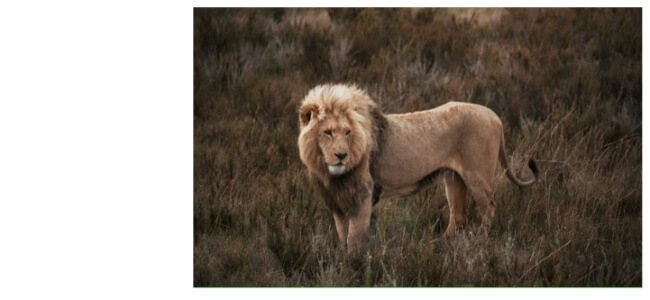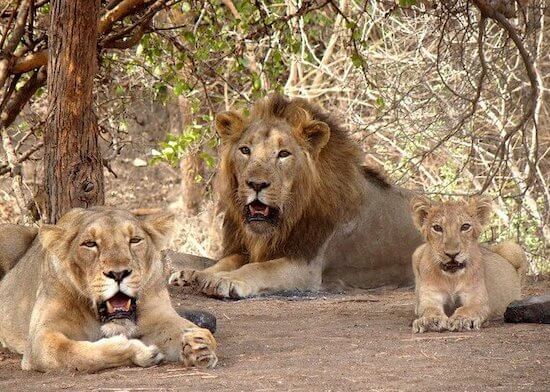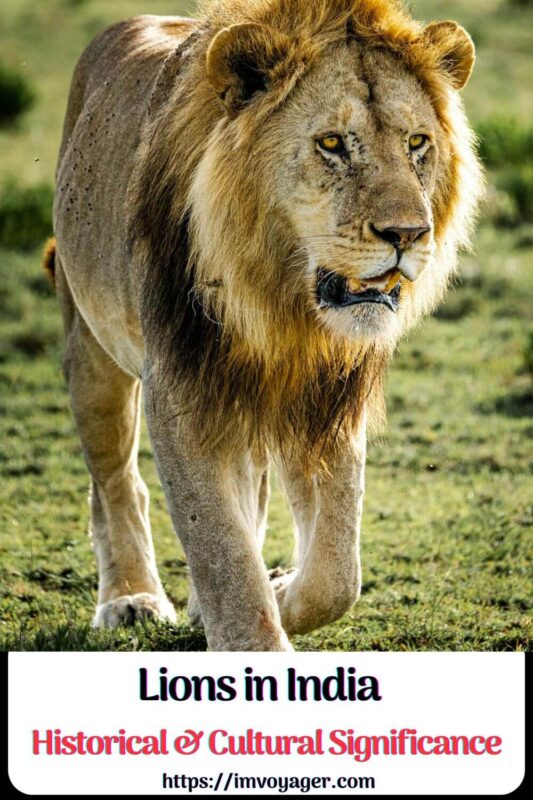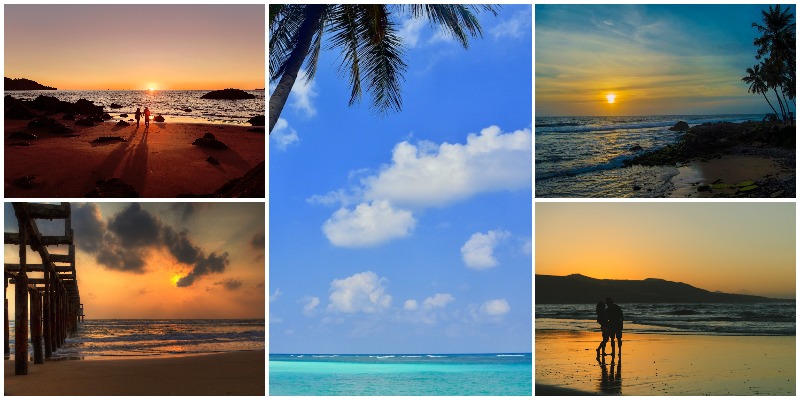Welcome, fellow explorers and culture enthusiasts! Today, we’re diving deep into a subject that roars with historical and cultural richness—the lion’s symbolic presence in India. This majestic creature, emblematic of strength and regality, has played a significant role in India’s art, mythology, and architecture for centuries. Let us embark on this fascinating journey through time and culture to uncover the lion’s enduring legacy in Indian tradition. Discover all about lions in India as we explore their storied past, vibrant presence, and crucial role in wildlife conservation.
Table of Contents
Lions in Indian Mythology: A Symbol of Divine Power
The lion holds a place of immense reverence in Indian mythology. One of the most prominent figures is Narasimha, an incarnation of the Hindu god Vishnu. Narasimha, the “Man-Lion,” is depicted as a fierce deity with the body of a man and the head of a lion. This avatar was manifested to protect his devotee Prahlada and restore cosmic order by vanquishing the demon Hiranyakashipu. The lion’s role here symbolizes divine power, protection, and the triumph of good over evil.
As you ponder the lion’s role in mythology, consider this: How do you think the dual nature of Narasimha—part human, part lion—reflects the complexities of divine intervention and justice?
The Lion as a Regal Emblem in Art and Architecture | Lions In India
Lions have also made their mark on Indian art and architecture. From ancient sculptures to grand architectural marvels, these majestic creatures symbolize power and protection.
The Lion Capital of Ashoka, discovered at Sarnath, is a prime example. This intricate sculpture, featuring four lions seated back-to-back, was erected by Emperor Ashoka in the 3rd century BCE. It represents the moral and ethical ideals of Buddhism and stands as a national emblem of India today. The capital’s serene expression and poised stance convey strength and dignity, embodying the lion’s royal symbolism.
Another striking example is the Sculptures of the Hoysala Temples in Karnataka. These temples are adorned with detailed lion carvings, known as “Yali,” which are believed to protect the sacred spaces and symbolize courage and majesty.
What do you think the lion’s representation in these ancient sculptures tells us about the values and aspirations of the societies that created them?
Lions in Indian Festivals: Celebrating the Majestic Beast
Lions in India also make appearances in Indian festivals, though perhaps less directly. During the Pongal festival in Tamil Nadu, where the harvest is celebrated, intricate decorations often feature various animals, including lions. These festive displays honour the natural world and its connections to the divine, reflecting the lion’s revered status.
Similarly, in the Gudi Padwa festival of Maharashtra, traditional decorations and folk art sometimes feature lions as symbols of power and victory, celebrating the strength and resilience of the community.
Have you ever noticed lions in your local festival decorations or celebrations? How do these symbols enhance the cultural experience?
Historical Significance: Lions in Indian Rulers’ Symbolism
Throughout history, Indian rulers have adopted the lion as a symbol of their sovereignty and valor. The lion has often appeared in royal emblems, coins, and seals.
Emperor Ashoka, as mentioned, used the lion capital as a symbol of his empire’s moral and ethical foundation. The Mughal Emperors also incorporated lions into their emblems, reflecting their own strength and authority.
In Rajasthan, the Chittorgarh Fort features several lion statues, symbolizing the bravery of the Rajput kings who ruled the region. These statues are not only artistic marvels but also historical markers of the valor and valorization of strength.
How do you see the lion’s symbolism reflecting the aspirations and values of the rulers who used it in their emblems?
Lions In India and Indian Wildlife Sanctuaries: A Modern Perspective
In contemporary times, the Asiatic lion, distinct from its African cousin, continues to be a symbol of pride and conservation in India. The Gir National Park in Gujarat is the last refuge of the Asiatic lion and a testament to successful wildlife conservation efforts.
The park, once a near-extinct species’ last stand, now boasts a thriving population of Asiatic lions. Visiting Gir provides a unique opportunity to witness these majestic creatures up close and to support ongoing conservation efforts.
Are you inspired by conservation success stories like the one at Gir National Park? How might your travels contribute to the preservation of such species?
World Lion Day
World Lion Day is observed annually on August 10th to raise awareness about the conservation issues facing lions and to promote efforts to protect these majestic creatures. Lions are vital to the ecosystems they inhabit, but their populations are declining due to habitat loss, poaching, and human-wildlife conflict. This day serves as a reminder to support conservation initiatives, educate the public about the threats to lion populations, and advocate for stronger protections to ensure their survival for future generations.
Frequently Asked Questions About Lions In India: Unraveling the Lion’s Legacy
Here are a few frequently asked questions about lions in India.
What is the significance of Narasimha in Hindu mythology?
Narasimha is a deity that represents divine protection and the triumph of good over evil, symbolizing strength and justice with his lion-like form.
How can I experience the lion’s legacy through Indian architecture?
Explore historical sites like the Lion Capital of Ashoka in Sarnath and the lion sculptures in Hoysala temples to appreciate the lion’s role in art and architecture.
Where can I see Asiatic lions in India?
Gir National Park in Gujarat is the best place to see Asiatic lions in their natural habitat.
Are there festivals in India that feature lions?
While lions may not be the central theme, they occasionally appear in festival decorations, symbolizing power and victory.
When is World Lion Day celebrated?
World Lion Day is celebrated on August 10th each year.
Also read: Sasan Gir Safari – Gir National Park Lion Safari, Gujarat, India
Engage and Reflect: Share Your Thoughts!
As we conclude our exploration of the lion’s historical and cultural significance in India, we invite you to reflect on the lion’s role in your own experiences. Have you encountered lions in Indian art, mythology, or festivals? How has your perception of this majestic creature evolved through your travels and studies?
What did you think of our deep dive into the fascinating role of lions in India? Have you ever been on a lion safari or visited Gir National Park in Gujarat? Share your experiences and thoughts, and do not forget to spread the word by sharing this post about lions in India with your friends and family on social media!
Feel free to share your insights and stories in the comments below. Your thoughts and experiences enrich our understanding of this powerful symbol and help us connect more deeply with the cultural heritage we explore.
Connect with Us for More Adventures!
Ready to continue your journey of discovery? Subscribe to our blog and newsletter for the latest travel tips, captivating stories, and cultural insights. Our YouTube channel – Travel With Sandy & Vyjay offers a visual feast of India’s rich heritage, stunning landscapes, and diverse cultures. Subscribe and dive into our travel videos to fuel your wanderlust.
Join us on our vibrant social media platforms—Facebook, Instagram, X (formerly Twitter), LinkedIn, and YouTube. Engage with us, share your thoughts, and be part of our lively community. For real-time updates and interactions, join our WhatsApp Community to stay connected with the latest travel news and cultural insights.
Let us embrace the thrill of discovery together. Share your experiences, ask questions, and let us create meaningful connections as we explore the world’s wonders. Until next time, keep the spirit of adventure alive and continue to uncover the extraordinary in the everyday!
We are a reader-supported site. This means, at no additional cost to you, we may earn a small commission if you book a flight or hotel, or make a purchase through one of our affiliate links. Thank you for your support!
Flights – Air India (Domestic) or Air India (International), or Priceline
Tours – Click to book top tours around the world. Book tours and activities here.
Experiences – Book your next unforgettable experience here, with flexible bookings and free cancellations. Reserve tours and activities now and pay later.
Hotels – Click to book the best hotels/resorts. Choose the best stay options with TripAdvisor or Hotels.com, or HotelsCombined
Travel Insurance – Click to book Travel Insurance that covers a range of travel insurance and safety services including medical emergencies, lost luggage, trip cancellation and more
Visas and Travel Documents Application – Click here for Online Travel Visa Check
Online Passport Photo – Get Your Passport Photo Online here
Do You Love Traveling?
Do you want to know how to travel the world? We have put together a very useful travel resources page with the best travel tips. Go check it out now. Thanks for visiting our site Voyager - imvoyager.com and taking the time to read this post! If you wish to collaborate/work with us then reach us at imvoyager18@gmail.com We’d love it if you’d comment by sharing your thoughts on this post and share this post on social media and with your friends. Follow our journey on our social media channels: Facebook X Instagram Pinterest YouTube
Start dreaming about your next adventure with Tripadvisor. Book your next unforgettable experience here with flexible bookings and free cancellations.
Flight booking online at the best fare
60+ Million Users Trust TripAdvisor With Their Travel Plans. Shouldn't You?
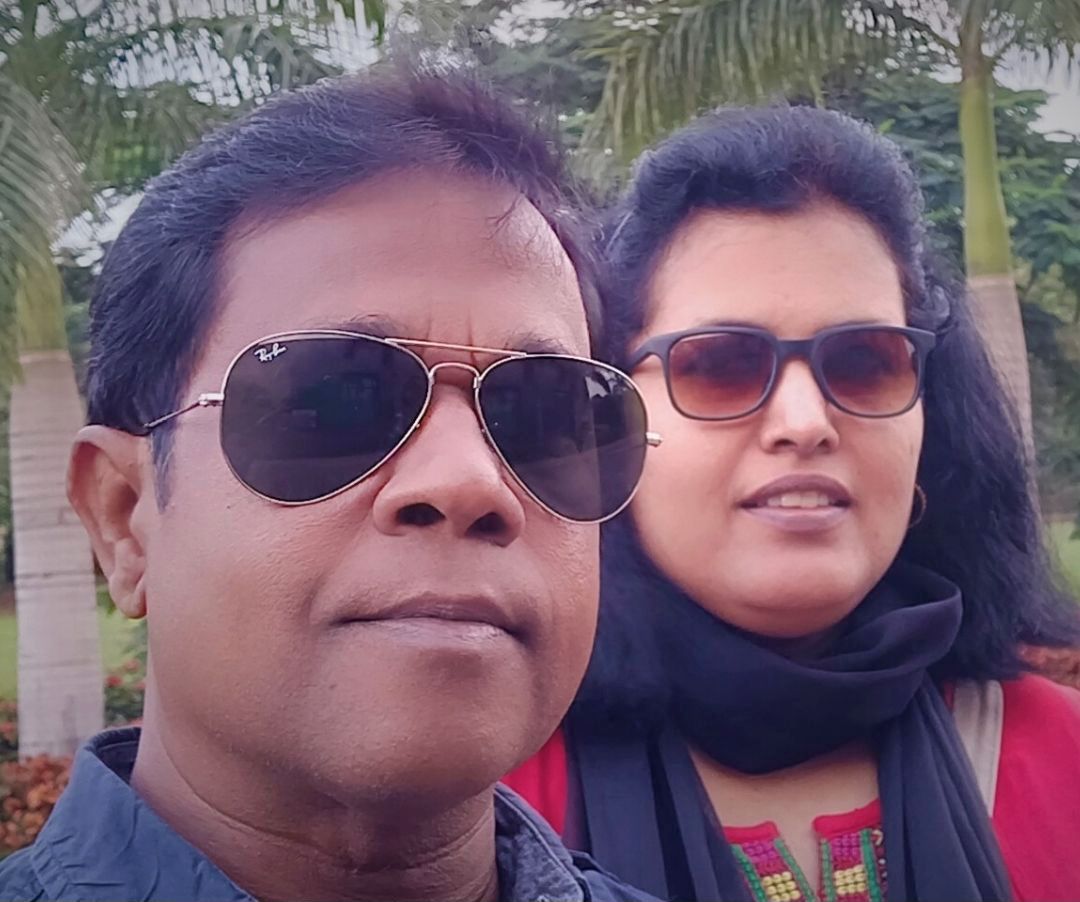
Sandy & Vyjay are a husband and wife duo who are travel content creators. They are co-founders of this travel website and are one of the leading travel content creators in India.
Sandy & Vyjay quit their successful corporate careers to pursue their passion for travel and writing full-time. Their dedication has earned them the “Best Travel Writer” award and numerous accolades on both national and international stages. Focusing on India’s destinations, heritage, and culture, they are passionate advocates for nature and the environment. Through their content, they promote ecotourism and sustainable travel, inspiring others to explore and preserve the beauty of India.
